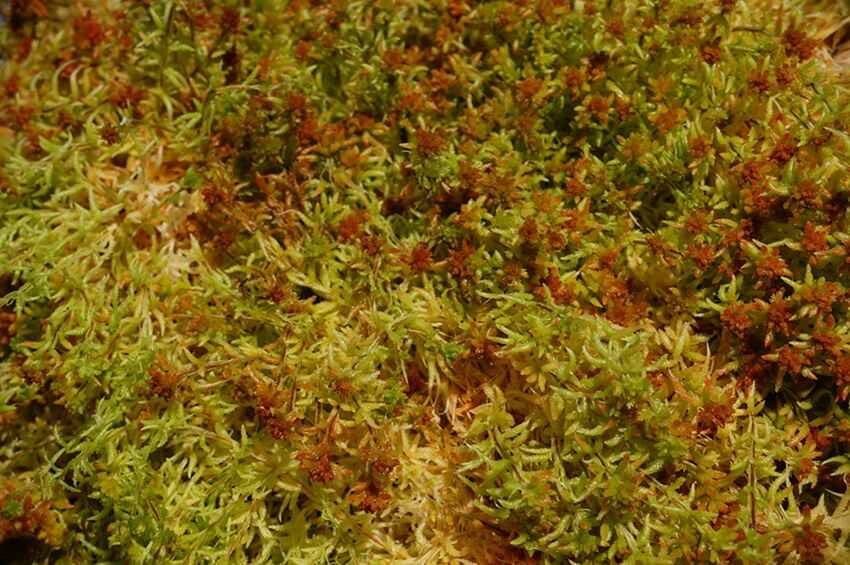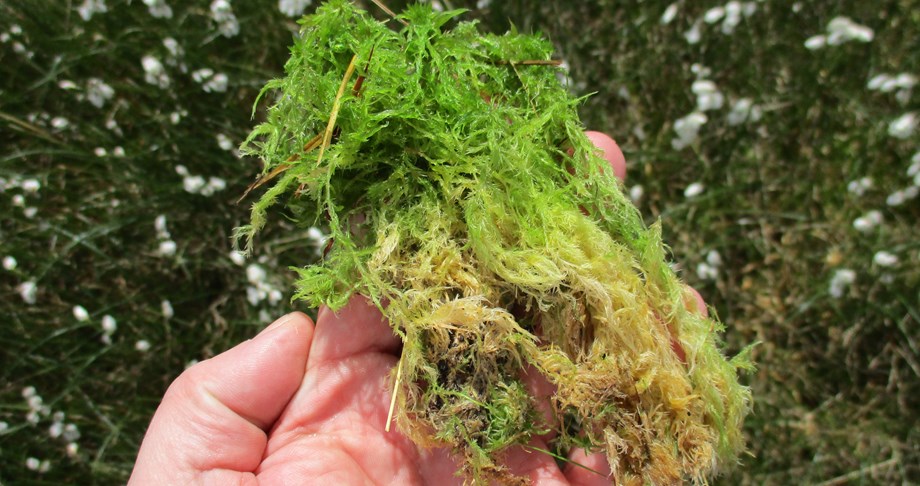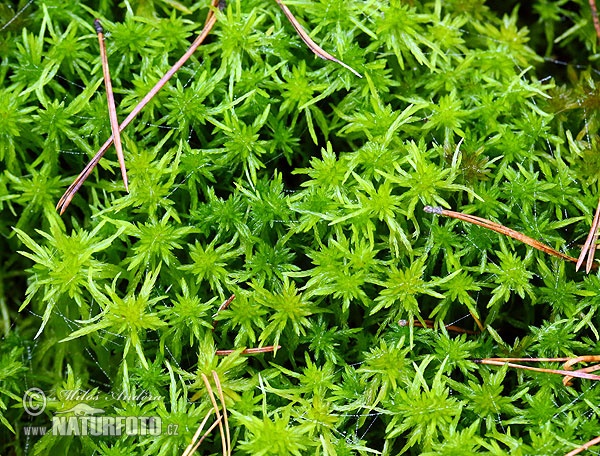
image from: https://www.ruralsprout.com/sphagnum-moss/
Exploring the Fascinating World of Sphagnum madegassum Moss
Sphagnum madegassum Müll.Hal. is a unique and intriguing species of moss belonging to the Sphagnaceae family, commonly known as Sphagnum or peat mosses. As a member of the Bryophyta division and Sphagnopsida class, this moss plays a vital role in its native ecosystems. In this blog post, we’ll dive into the captivating world of Sphagnum madegassum and uncover its morphology, distribution, habitat, ecological roles, and adaptations.
Background
Mosses are small, non-vascular plants that lack true roots, stems, and leaves. They belong to the division Bryophyta, which also includes liverworts and hornworts. Sphagnum mosses, in particular, are known for their unique characteristics and ecological importance. Sphagnum madegassum is one such species that deserves our attention.
image from: https://outdoorsireland.blogspot.com/2015/10/sphagnum-moss.html
Morphology and Identification
Sphagnum madegassum exhibits the typical morphological features of Sphagnum mosses. It has a distinctive branching pattern, with clusters of branches arranged along the main stem. The leaves are small, usually less than 2 mm long, and have a single layer of cells. One unique feature of Sphagnum mosses is the presence of hyaline cells, which are large, empty cells with pores that help in water retention and nutrient exchange.

image from: https://pistilsnursery.com/collections/for-your-plants/products/sphagnum-moss
Identifying Sphagnum madegassum requires careful observation of its microscopic characteristics. The shape and arrangement of the branch and stem leaves, as well as the structure of the hyaline cells, are key diagnostic features. Consulting a detailed field guide or seeking expert assistance is recommended for accurate identification.
Global Distribution and Habitat
Sphagnum madegassum has a limited distribution, primarily found in Madagascar, as its specific epithet “madegassum” suggests. It inhabits moist, acidic environments such as bogs, fens, and swamps. These habitats are characterized by waterlogged conditions, low nutrient availability, and a pH range of 3.5 to 5.0.

image from: https://besgrow.com/spagmoss/fresh/
The specific ecological requirements of Sphagnum madegassum make it vulnerable to habitat loss and degradation. Conservation efforts are crucial to protect the unique ecosystems where this moss thrives.
Ecological Roles and Adaptations
Sphagnum madegassum plays a significant role in its ecosystem. Like other Sphagnum mosses, it contributes to the formation of

image from: https://nadiacw.github.io/biomenstrual/material/2021/03/18/moss.html
peat, a type of soil rich in organic matter. Peat develops over thousands of years as Sphagnum mosses grow, die, and partially decompose in waterlogged conditions. Peatlands serve as important carbon sinks, storing vast amounts of atmospheric carbon dioxide.
Moreover, Sphagnum madegassum has several adaptations that enable it to thrive in its habitat. Its hyaline cells act as water reservoirs, allowing the moss to retain moisture during dry periods. The acidic conditions created by Sphagnum mosses also help to preserve the remains of dead plants and animals, contributing to the unique biodiversity of peatland ecosystems.

image from: https://www.sciencephoto.com/media/502693/view/sphagnum-moss
image from: https://www.carnivorousplantsociety.ca/index.php?threads/live-sphagnum-moss.506/

image from: https://www.sciencephoto.com/media/502694/view/sphagnum-moss

image from: https://living-mudflower.blogspot.com/2020/11/growing-sphagnum-moss.html
| Characteristic | Description |
|---|---|
| Division | Bryophyta |
| Class | Sphagnopsida |
| Family | Sphagnaceae |
| Genus | Sphagnum |
| Species | S. madegassum |
| Distribution | Madagascar |
| Habitat | Bogs, fens, swamps |
| Ecological Role | Peat formation, carbon sequestration |
Conclusion
Sphagnum madegassum Müll.Hal. is a fascinating moss species that exemplifies the remarkable diversity and ecological importance of bryophytes. Its unique morphology, limited distribution, and vital role in peatland ecosystems make it a subject of interest for botanists, ecologists, and nature enthusiasts alike. As we continue to study and appreciate the intricate world of mosses, let us ponder: What other secrets do these tiny plants hold, and how can we protect the delicate habitats they call home?

image from: https://www.naturephoto-cz.com/sphagnum-moss-photo-27589.html